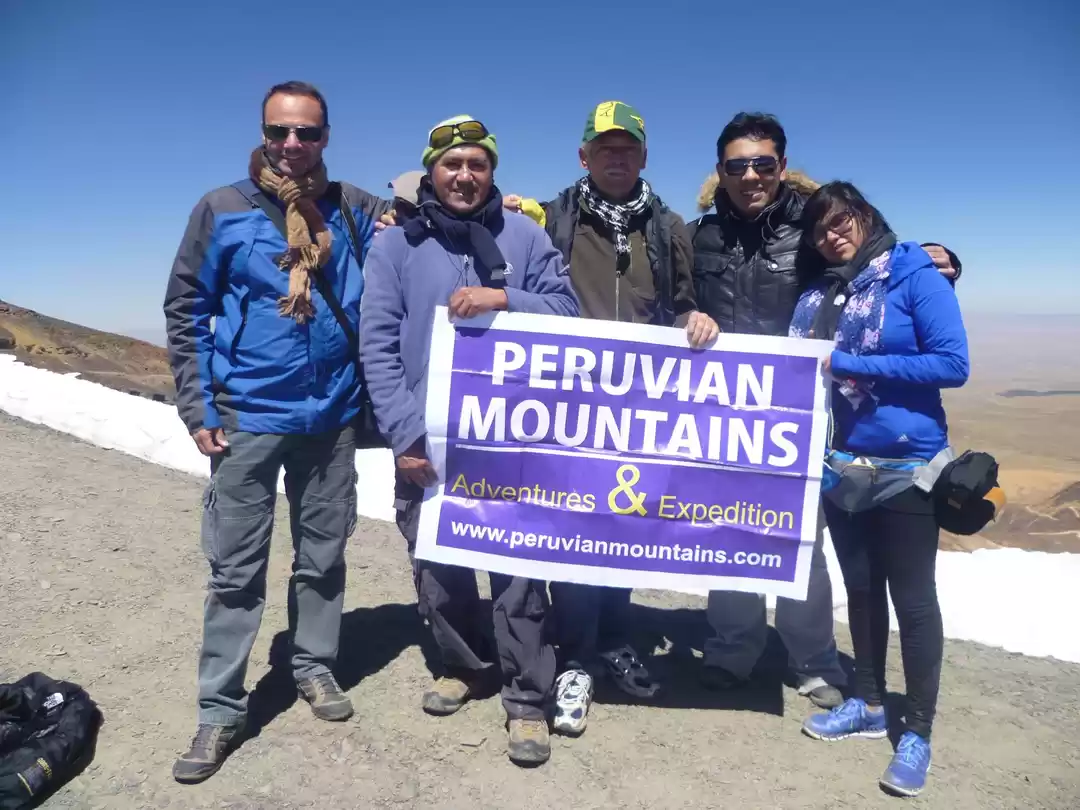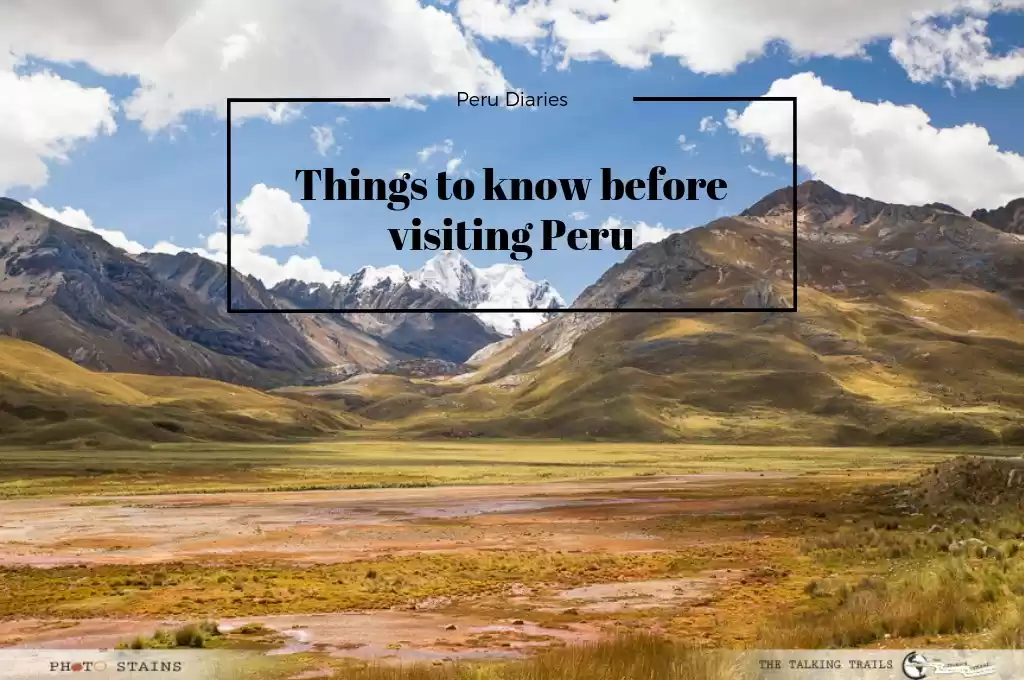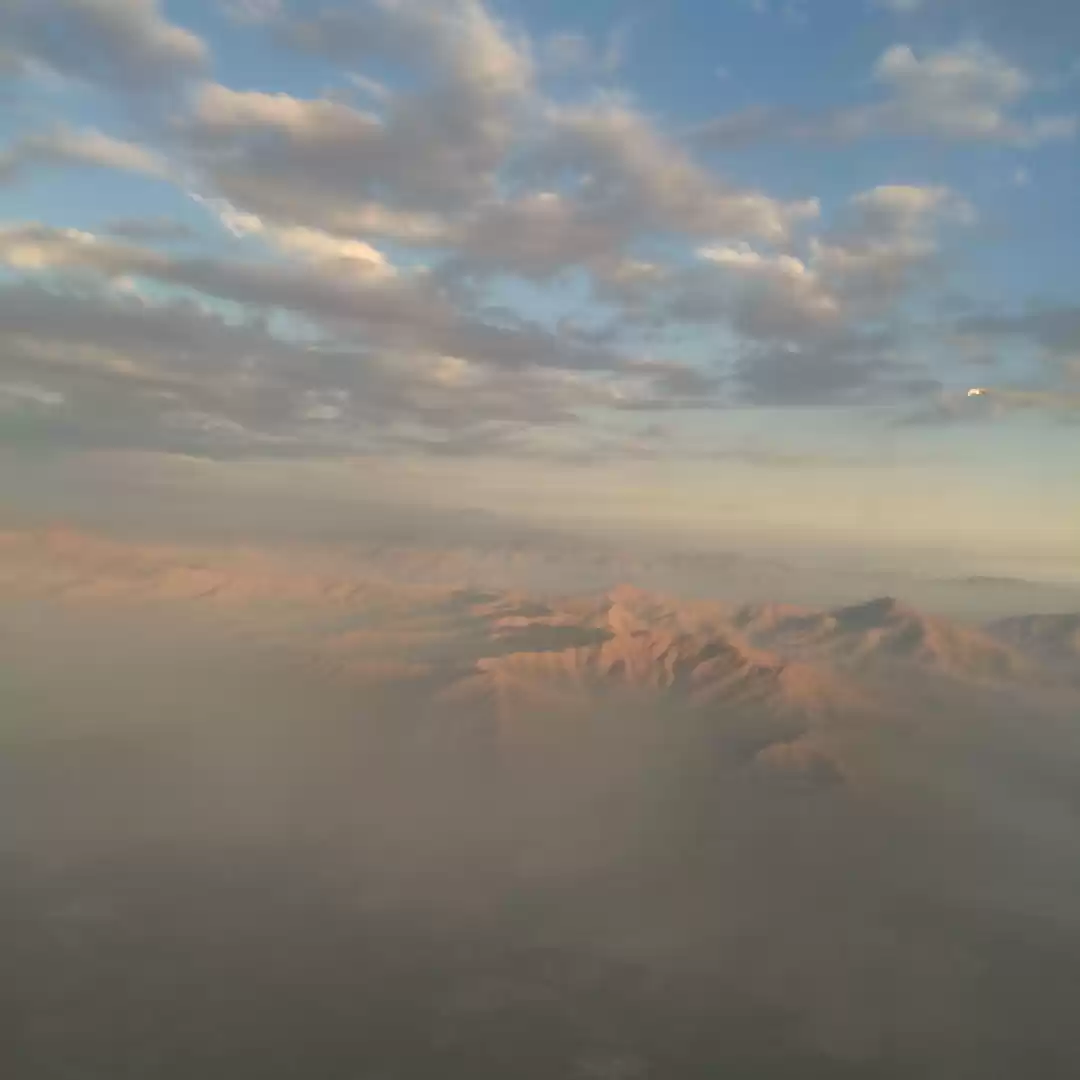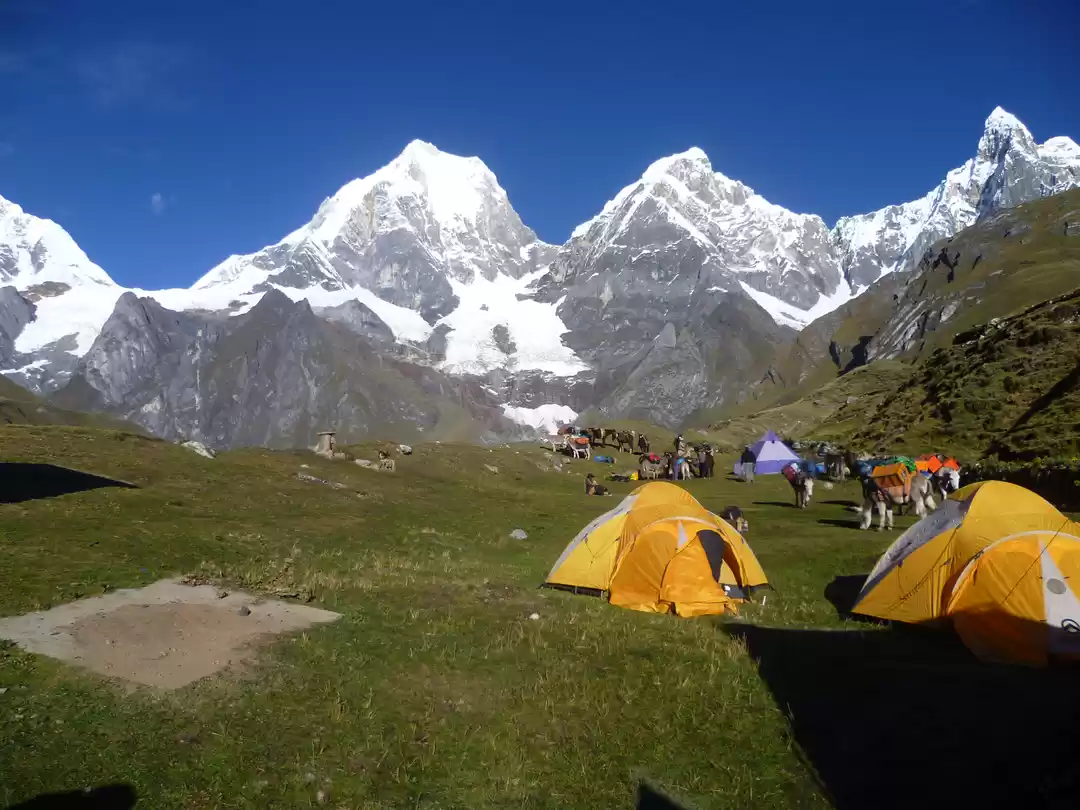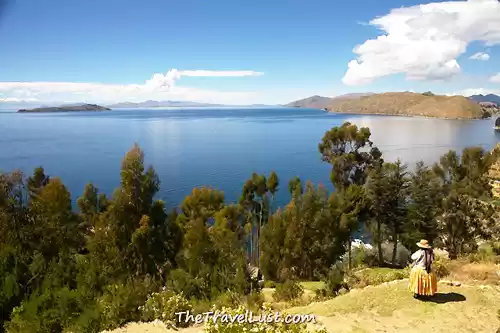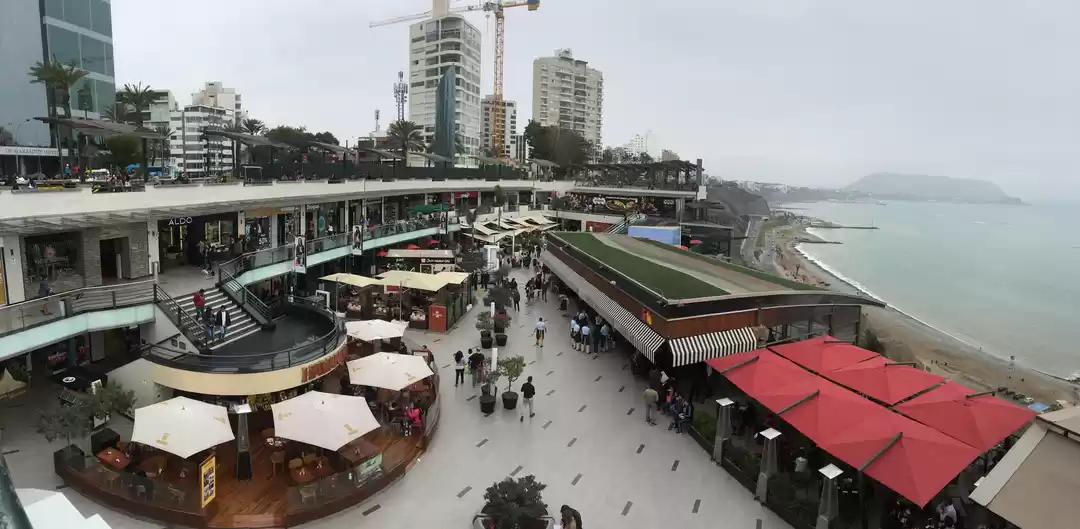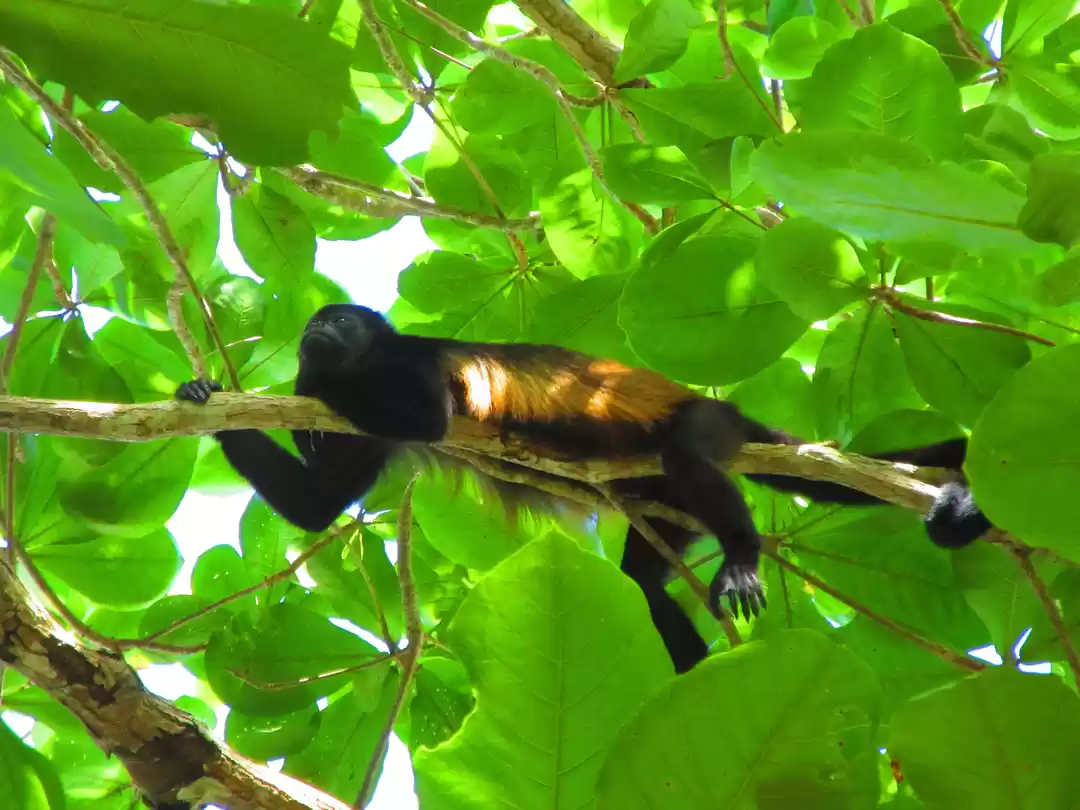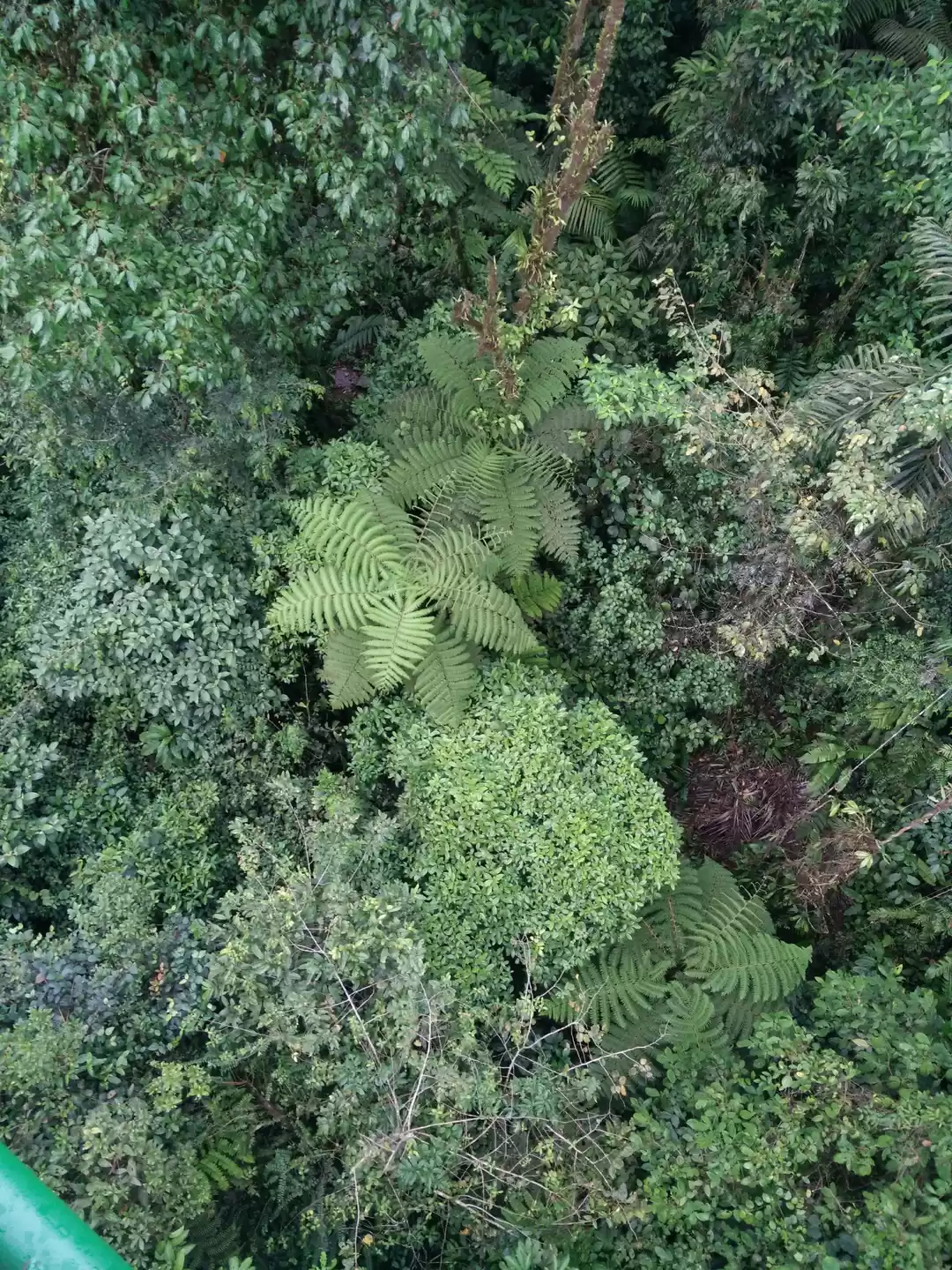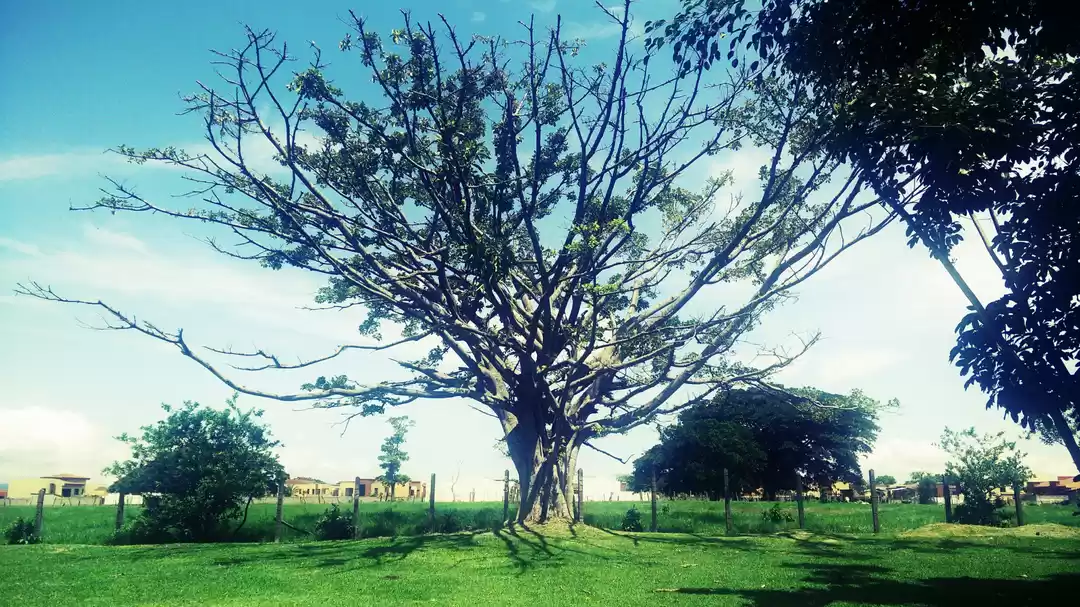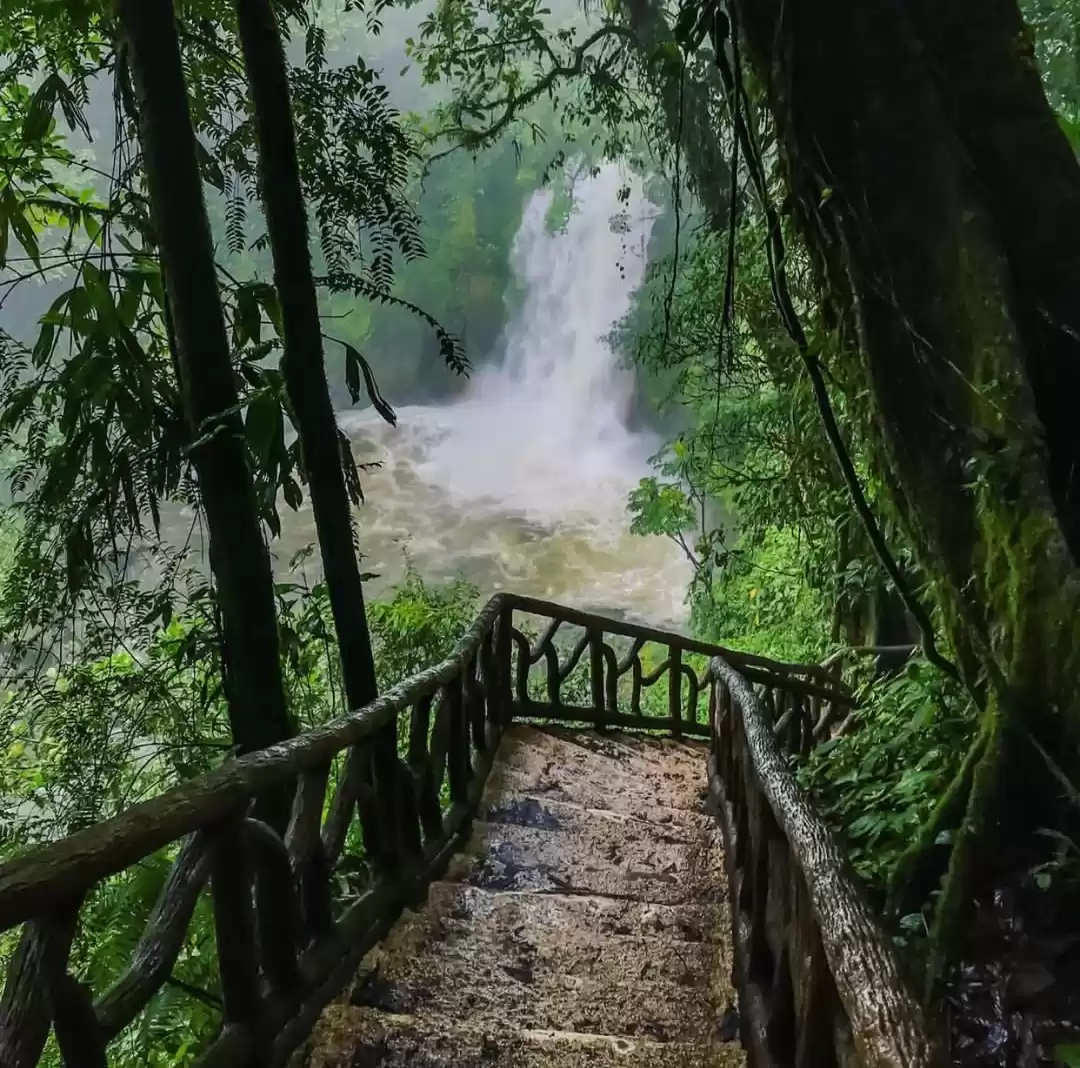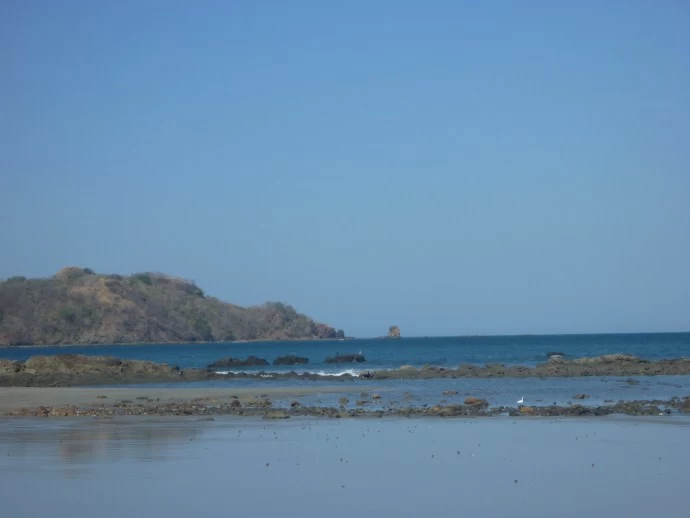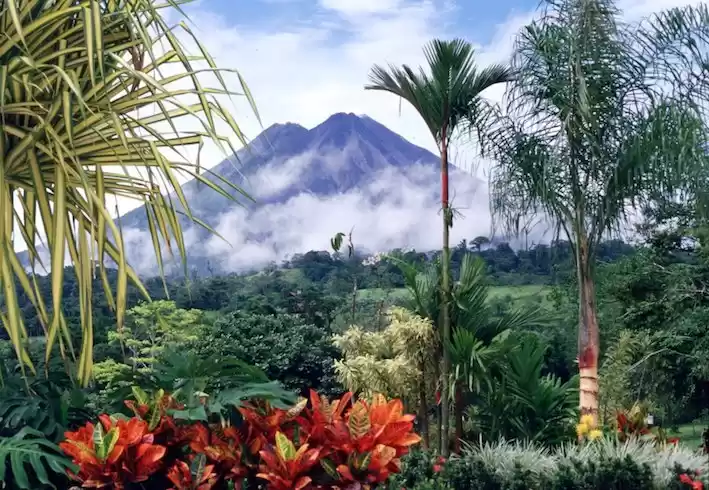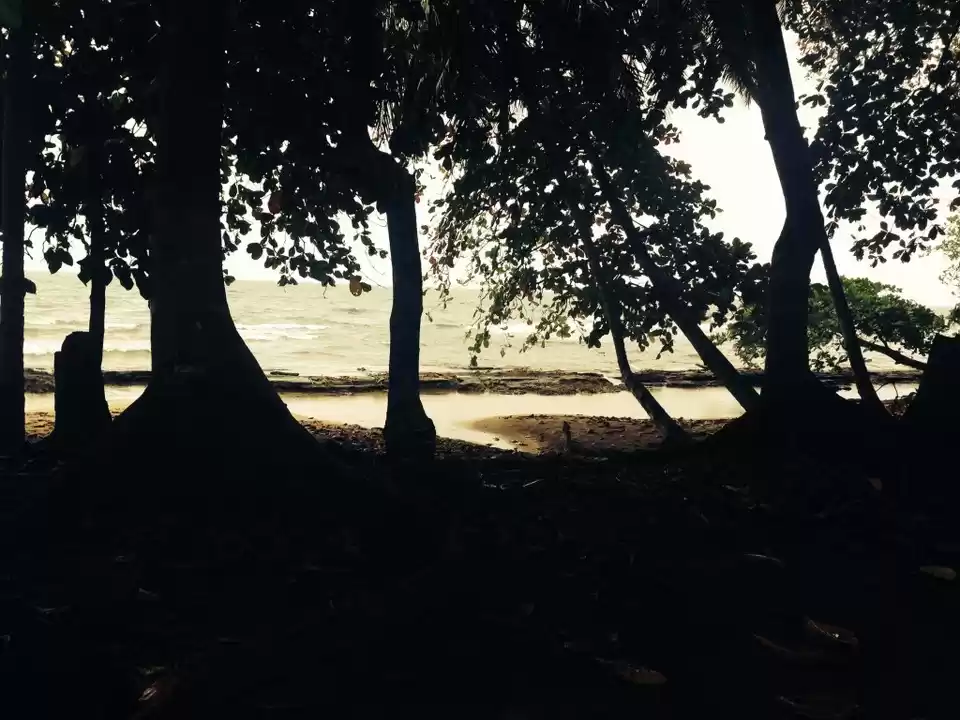
Costa Rica had been on our radar for a long time before we finally made it there in 2017. Just as we imagined, we instantly loved it. In fact, we hope to return again one day. Costa Rica is like Disneyland for nature lovers. We had only just crossed the border from Nicaragua when we spotted a beautiful brightly coloured bird, the like of which we'd never seen before. The wildlife is abundant from tiny tree frogs to sleek jaguars and you never know what you are going to see next (although in reality it probably won't be an elusive jaguar!)
Almost 30% of the land in Costa Rica is protected and the landscape consists of stunning beaches, coral reef, cloud forests, rain forests, volcanoes, mountains and wetlands. Even the capital of San Jose exceeded our rather low expectations. It's a city which many people try and skip, but we quite enjoyed our time there. However, let's face it - a trip to Costa Rica is all about the incredible wildlife and stunning landscapes. Without further ado, here we take a look at ten highlights of a trip to Costa Rica.
1) Manuel Antonio National Park
Situated on the Pacific coast, just south of the city of Quepos, Manuel Antonio National Park is one of the most popular parks in Costa Rica. It's compact, but beautiful, and the dense rainforest teems with wildlife. Additionally, the park is also home to some stunning unspoilt beaches. The trails are short and well-maintained and there's opportunities to see monkeys, sloths, tree frogs, morph butterflies and colourful crabs.

When we were there, we spent hours watching the white-faced monkeys playing in the trees on the beach. Typically, they were very mischievous and it's necessary to keep an eye on your belongings! Also, watch out for the numerous racoons, who aren't exactly shy of humans and can be pretty sneaky themselves. Due to the fact that the park is both small and popular, it's best to arrive early to beat the crowds.

2) Montezuma
This small coastal village takes a little more effort to get to than most. Consequently, it isn't as crowded as some of the more easily accessible beach towns. From San Jose, it involves both a bus and a ferry. However, the journey is definitely worth the effort. Situated on the Nicoya Peninsula, it's a bohemian enclave which tends to attract those who wish to immerse themselves in nature. Indeed, there are lovely beaches, rainforests and a waterfall in addition to the Cabo Blanco Nature Reserve.
A visit to Tortuga Island, about an hour away by boat, is a popular day trip from Montezuma. There's a white sand beach and the snorkelling is excellent. Back in town, there's no shortage of restaurants which serve cuisine from all over the world. With its laid-back vibe and friendly locals, it's a popular spot for ex-pats wanting to lead a natural lifestyle and it's easy to understand why.
3) Cahuita National Park
This is a sublimely beautiful National Park close to the small Caribbean town of Cahuita. So close, in fact, that you can walk directly into the park from town. The park covers over 57,500 acres of land and sea, including 600 acres of living coral reef. A 5.6 mile trail hugs the beach, with lush rainforest on one side and lovely views of the ocean on the other.

Giant electric blue morpho butterflies flutter past, monkeys swing overhead and if your luck is in, you may spot a sloth hanging about in a tree. It's a wildlife wonderland and the trail is flat and easy. In addition, there are plenty of opportunities to take a refreshing dip in the ocean. The snorkelling is superb. However, because it's a protected area, it is necessary to take a boat tour, which includes a guide. Cahuita itself is a laid-back town with a heavy Rasta influence and friendly locals.
We stayed at the fabulous 'La Piscina Natural' booked via Booking.com. Although fairly basic, it was set right on the beach in beautiful gardens with its own natural pool.

4) Corcovado National Park
Corcovado National Park is located on the Osa Peninsula in south western Costa Rica. It's been called the most biologically intense place on earth by National Geographic. Indeed, visitors are likely to spot squirrel monkeys, sloths and tapirs, not to mention toucans, scarlet macaws and a wide variety of other birds. These days, visitors are required to have a permit and guide to visit the park. Indeed, having a guide enhances a visit substantially and allows visitors to experience more wildlife.
Sirena Ranger Station is situated about half way down the peninsula. Surrounded by pristine jungle, it's the best place to catch some animal action. It's possible to stay in the rustic huts and many people choose to do this to make the most of a visit. Additionally, there are covered walkways from which to spot wildlife when it rains (which it often does!) Those who don't want to take a long hike into the jungle can arrive by boat.
5) Monteverde
Sitting atop the continental divide, Monteverde lies 4,000 feet above sea level. The area compromises of coffee plantations and misty trails through eerie, but beautiful cloud forests. There are two small towns in the area, Monteverde and Santa Elena. They each have a sprinkling of good restaurants, bars and shops catering to tourists.
Zip-lining, mountain biking and hiking are all popular pursuits in Monteverde. There are numerous wildlife sanctuaries and gardens exhibiting the flowers and fauna of the region. In fact, it's one of the best areas in the country for bird watching and and one of the most likely places in the country to spot the resplendent quetzal.
6) Arenal Volcano
Costa Rica's iconic volcano hasn't erupted since 2010, but is still considered active. It has a classic cone shape which is visible throughout the region. Trails at the base of the volcano cross lava fields formed from past eruptions. The surrounding area is also rich in wildlife including deer, monkeys and coatis. There are an abundance of hot springs in the vicinity, along with the largest lake in Costa Rica, which sits in the shadow of the volcano.
Nearby, Cerro Chato is a dormant volcano which entails a challenging hike to the rim. The reward at the summit is a view into an emerald green crater lake. (Check out the latest information regarding this trail. It was closed in 2018, but there is apparently an alternative trail). Although Arenal Volcano is not presently active, there are plenty of other activities to enjoy in the area including hiking, fishing, kayaking and relaxing in the hot springs.
7) Marino Ballena National Park
This park is situated in the small village of Uvita on the Pacific coast and is a less crowded alternative to the beaches further north. Marino Ballena National Park is known for its sandbar, which when the tide retreats, forms the shape of a whale's tail. The humpback whales after which it was named can be seen from the park when they visit Marino Ballena for the mating season between July to October and then again from December to March.
The wide expanse of sand is backed by pristine jungle. There is a large population of crocodiles in the area, as is evident by the numerous 'Beware of Crocodiles' signs. Whilst in Uvita, be sure to check out Bagel Time Bakery for freshly baked goods and the best breakfasts in town.
8) Tortuguero National Park
The remote Tortuguero National Park is only accessible via plane or a combination of road/boat. Despite the fact that it is so far off the beaten track (the journey takes around four or five hours from San Jose) it is the third most visited park in the country due to its wealth of biodiversity. Birdwatching is one of the main activities. It is also home to one of the most important nesting sites for a variety of turtles including leatherbacks, green, loggerhead and hawksbill. From November to January, visitors have the opportunity to view baby turtles emerging from the ocean.
Tours tend to include accomodation and are mostly in boats via the numerous canals. Hiring your own canoe to explore the canals is also an option. There are one or two walking trails. It's possible to arrange a ten-minute boat ride to Turtle Hill, from where you can hike to the summit. Hikers are rewarded with extensive views of the area. The two-mile long Gavilan Trail offers a peaceful walk through pristine jungle.
9) San Jose
Costa Rica's capital wouldn't usually make it onto a list of highlights. In fact, it often gets a bad rap. However, we enjoyed our stay there and found plenty to keep us busy. In addition staying there at the beginning and end of our journey, we found ourselves returning to the city in order to cross from the Pacific side to the Caribbean side. We stayed at the delightful Hotel Santo Tomas and it made a great base. Being keen on street art, we took a stroll down Calle 17, where there was a plethora of innovative urban creations to enjoy.

The hub of the city is Plaza de Cultura, which is surrounded by streets which are brimming with shops and restaurants. It's also worth checking out the Neo-Classical National Theatre on the corner of the plaza. Additionally there are some excellent museums to peruse including The Gold Museum, The Jade Museum, the Museum of Costa Rican Art and the Museum of Contemporary Art and Design.

10) Sarapique
The Sarapique River is a tributary of the San Jan River which forms a border between Nicaragua and Costa Rica. The river is one of the best places to go white water river rafting in the country. It flows into the Caribbean Sea and provides class 3 and 4 rapids, making it ideal for both beginners and experts.
In addition to white water river rafting, there's a profusion of wildlife from capuchin monkeys to tree frogs. Guided rainforest hikes can be taken at night when it's possible to spot owls, tree frogs and kinkajous (nocturnal mammals sometimes referred to as honey bears). Additionally, there are opportunities to partake in zip lining and canopy walks.
Affiliate Disclosure: It should be noted that some of the links above are affiliate links. This means that we earn a commission if a purchase is made at no extra cost to you. If you have any questions about the companies or our status as affiliates, please feel free to contact us.






